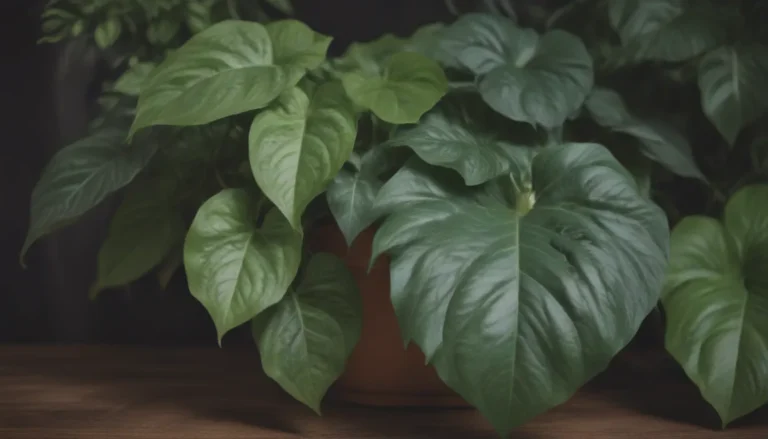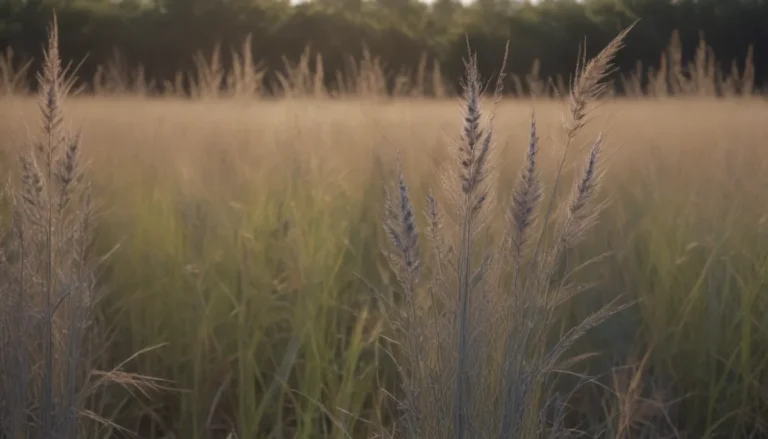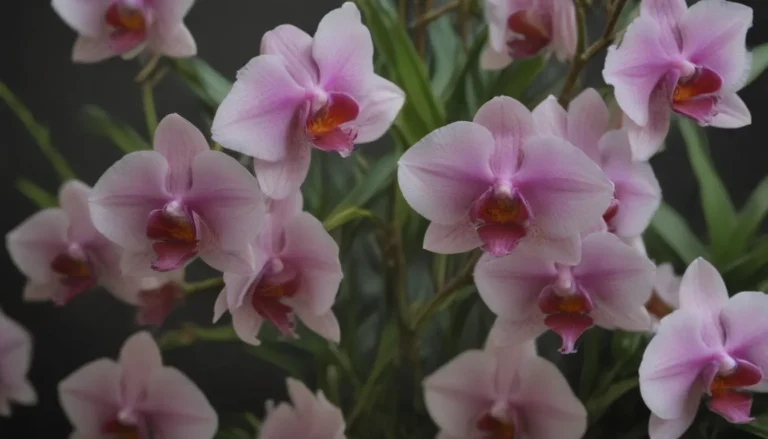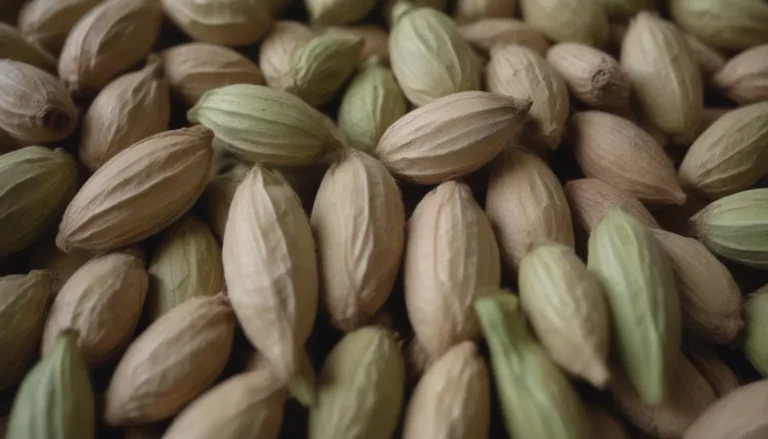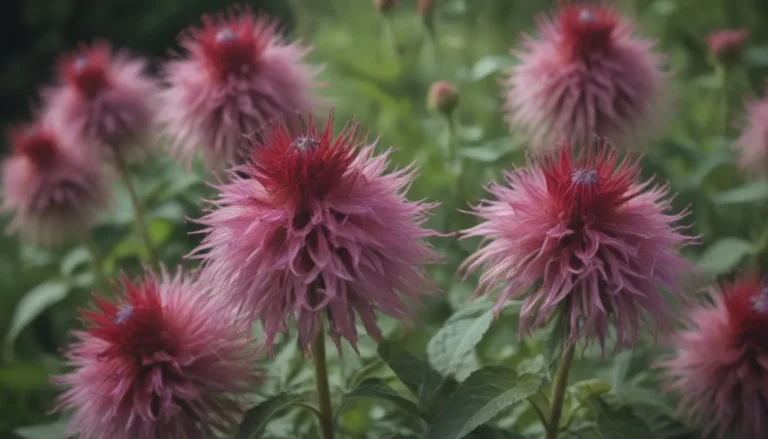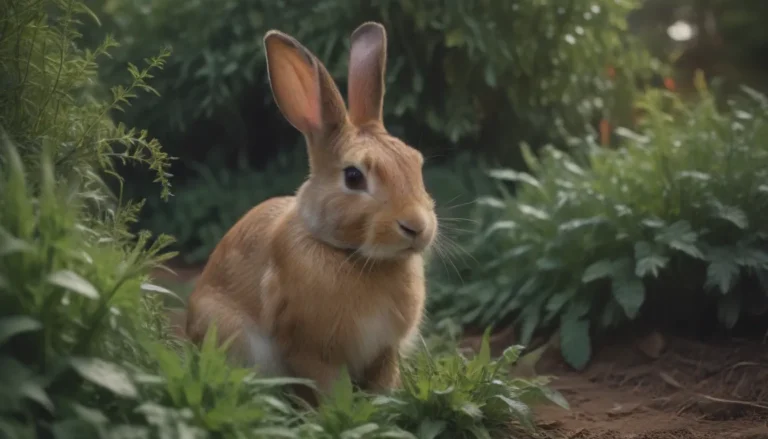How to Grow and Care for China Aster
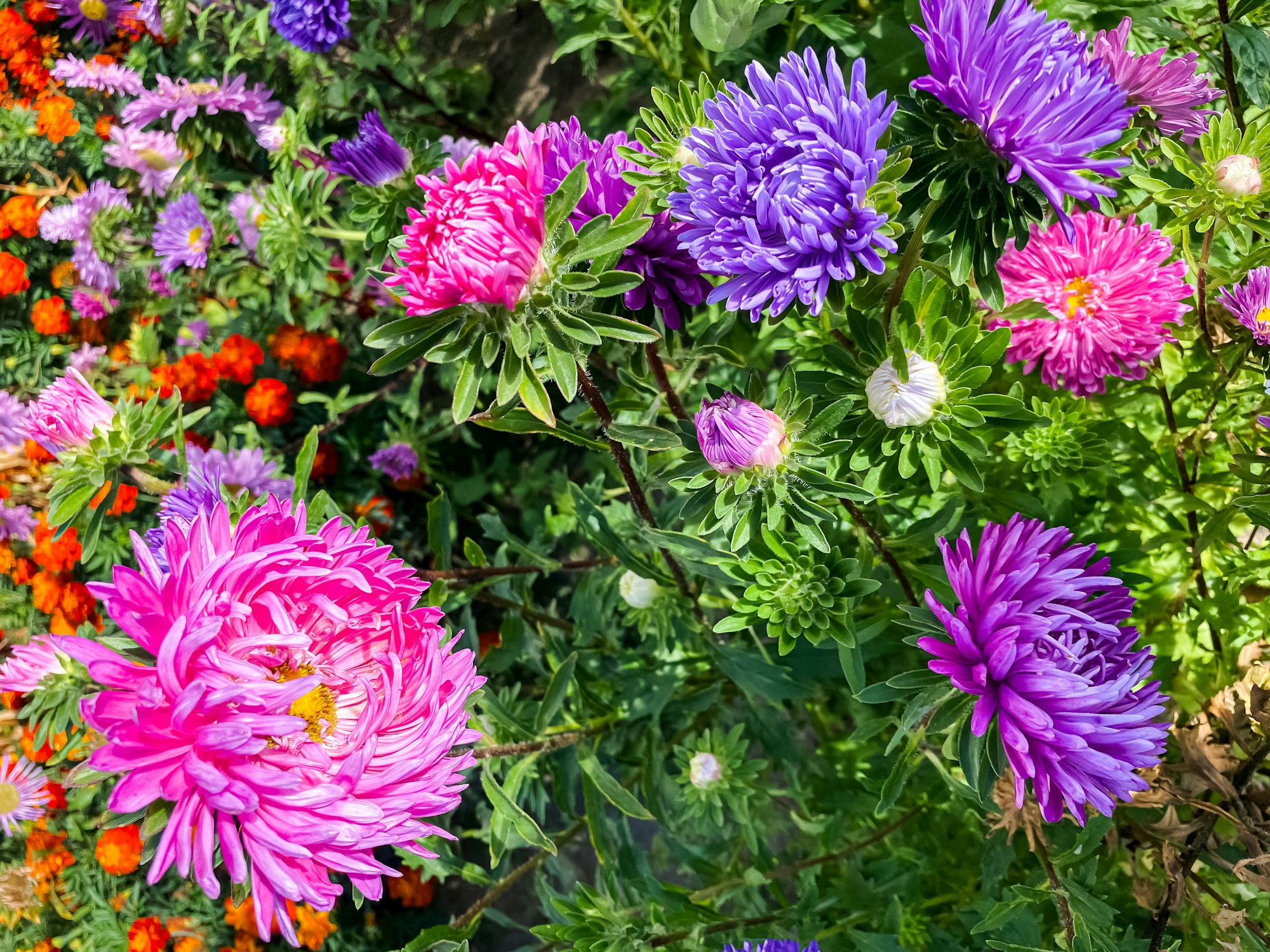
China Asters are a delightful addition to any garden, bringing vibrant colors and cheerful blooms from summer to fall. If you’re looking to add these beautiful flowers to your outdoor space, you’ve come to the right place! In this comprehensive guide, we’ll walk you through everything you need to know about growing and caring for China Asters, from planting to pest control and beyond.
What Are China Asters?
Before we dive into the nitty-gritty of growing these lovely flowers, let’s take a moment to appreciate what makes China Asters so special. These cool-weather annuals are known for their colorful, daisy-like blooms that come in a variety of shades, including red, pink, white, purple, yellow, and blue.
China Asters (Callistephus chinensis) are often compared to their chrysanthemum relatives, but they have a charm all their own. With flower heads ranging from 3 to 5 inches wide and heights varying by cultivar, these versatile plants can fit into almost any garden design or flower arrangement.
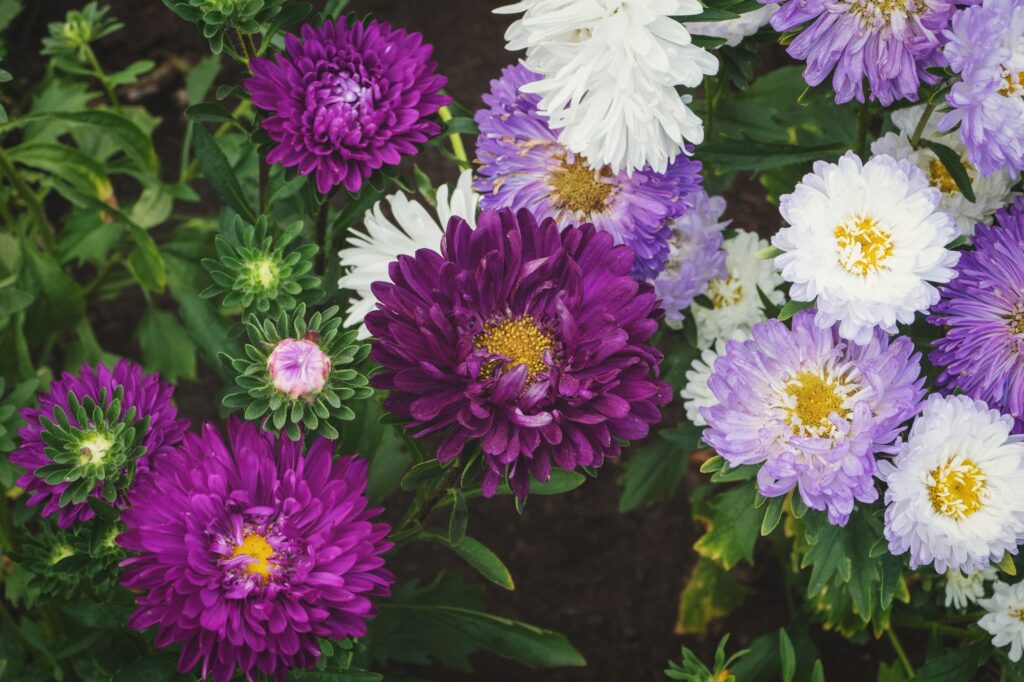
Why Grow China Asters?
There are plenty of reasons to add China Asters to your garden:
- Vibrant Colors: Their wide range of hues can brighten up any garden space.
- Long Blooming Period: With proper care, they can bloom from early summer to mid-fall.
- Versatility: They work well in borders, containers, and as cut flowers.
- Low Maintenance: Once established, they’re relatively easy to care for.
- Non-Invasive: You don’t have to worry about them taking over your garden.
- Pet and Child-Friendly: They’re non-toxic, making them safe for gardens with curious pets or children.
Now that we’ve covered the basics, let’s get into the details of how to grow and care for these beautiful blooms.
Getting Started: Planting China Asters
When to Plant
The best time to plant China Asters depends on your local climate and whether you’re starting from seeds or transplants.
- Seeds: Start seeds indoors 4-6 weeks before the last expected frost date in your area. You can also sow seeds directly in the garden after the danger of frost has passed.
- Transplants: Plant young China Aster plants in the garden in spring, after the last frost.
Pro Tip: To extend your blooming period, consider sowing seeds every two weeks until mid-summer. This succession planting technique can help you enjoy China Aster blooms well into the fall!
Choosing the Right Location
China Asters are pretty flexible when it comes to light conditions, but they do have some preferences:
- Full Sun: In cooler climates, China Asters thrive in full sun locations, producing the most vibrant blooms.
- Partial Shade: In hotter regions, providing some afternoon shade can prevent wilting and stress on the plants.
When selecting a spot in your garden, also consider the following:
- Protection from Strong Winds: China Asters can grow quite tall, so a location with some shelter from strong winds is ideal.
- Good Air Circulation: Adequate spacing between plants helps prevent fungal diseases.
Preparing the Soil
The key to healthy China Asters lies in the soil. These plants prefer:
- Rich, well-draining soil
- Slightly acidic to neutral pH (6.0-7.0)
To prepare your planting area:
- Remove any weeds or grass from the site.
- Loosen the soil to a depth of about 12 inches.
- Mix in some organic matter, such as well-rotted compost or aged manure, to improve drainage and add nutrients.
- If your soil is heavy clay, consider adding some sand to improve drainage.
Planting China Asters
Whether you’re starting from seeds or transplants, here’s how to get your China Asters in the ground:
From Seeds
- Sow seeds directly in the garden after the last frost date.
- Plant seeds about 1/4 inch deep and 6-12 inches apart, depending on the variety.
- Keep the soil consistently moist until germination occurs (usually within 1-3 weeks).
- Once seedlings are a few inches tall, thin them to the recommended spacing for your variety (usually 12-18 inches apart).
From Transplants
- Dig holes slightly larger than the root ball of your transplants.
- Gently remove the plant from its container and place it in the hole, ensuring it’s at the same depth as it was in the pot.
- Fill in around the roots with soil, firming gently to eliminate air pockets.
- Water thoroughly after planting.
Caring for Your China Asters
Now that your China Asters are in the ground, let’s look at how to keep them healthy and blooming.
Watering
Proper watering is crucial for China Asters:
- Keep the soil evenly moist, but not waterlogged.
- Water deeply once or twice a week, depending on rainfall and temperature.
- During hot spells, you may need to water more frequently.
- Avoid overhead watering to prevent fungal diseases.
Pro Tip: Apply a layer of mulch around your plants to help retain moisture and suppress weeds.
Fertilizing
China Asters benefit from regular fertilization:
- Use a balanced, water-soluble fertilizer every 2-3 weeks during the growing season.
- Avoid high-nitrogen fertilizers, which can promote foliage growth at the expense of blooms.
- Stop fertilizing in late summer to prepare the plants for the end of their growing cycle.
Temperature and Humidity
China Asters prefer moderate temperatures:
- They thrive in temperatures between 60-75°F (15-24°C).
- When temperatures rise above 75°F (24°C), blooming may temporarily pause.
- In hot climates, provide afternoon shade and ensure good air circulation to prevent heat stress.
Pruning and Maintenance
Regular maintenance will keep your China Asters looking their best:
- Pinch back young plants when they’re about 6 inches tall to encourage bushier growth.
- Deadhead spent blooms regularly to promote continued flowering.
- Remove any yellowed or diseased leaves promptly.
Common Pests and Diseases
While China Asters are generally hardy, they can face some challenges:
Pests
- Aphids: These small insects can be controlled with a strong spray of water or insecticidal soap.
- Spider Mites: Look for fine webbing on leaves. Treat with neem oil or insecticidal soap.
Diseases
- Aster Fusarium Wilt: This fungal disease causes wilting and yellowing. Remove affected plants and avoid planting asters in the same spot for several years.
- Aster Stem and Root Rot: Overwatering can lead to this fungal issue. Ensure good drainage and avoid overhead watering.
- Aster Yellow: This disease, spread by leafhoppers, causes stunted growth and discolored flowers. Remove affected plants to prevent spread.
Prevention is key: Maintain good air circulation, avoid overhead watering, and keep your garden clean to minimize disease risks.
Enjoying Your China Asters
In the Garden
China Asters make excellent additions to various garden styles:
- Use taller varieties as background plants in borders.
- Plant shorter cultivars in the front of beds or in containers.
- Mix different colors for a vibrant, eye-catching display.
As Cut Flowers
China Asters are fantastic in bouquets:
- Cut stems early in the morning when flowers are just beginning to open.
- Remove leaves that will be below the water line.
- Place stems in warm water and keep the vase in a cool spot for longest-lasting blooms.
Popular China Aster Varieties
Explore these popular cultivars to find the perfect China Aster for your garden:
- Callistephus chinensis ‘Crego Giant’: Large, fluffy blooms in various colors.
- Callistephus chinensis ‘Ostrich Feather’: Unique, feathery petals in pastel shades.
- Callistephus chinensis ‘Matsumoto’: Compact plants with single flowers, ideal for containers.
Conclusion
Growing China Asters can be a rewarding experience for gardeners of all levels. With their vibrant colors, long blooming period, and relatively easy care requirements, these beautiful annuals are sure to bring joy to your garden from summer to fall.
Remember the key points for success:
- Choose a sunny spot with well-draining soil
- Water consistently and fertilize regularly
- Watch for pests and diseases, addressing issues promptly
- Deadhead spent blooms to encourage continued flowering
By following these guidelines, you’ll be well on your way to enjoying a stunning display of China Asters in your garden. Happy gardening!
